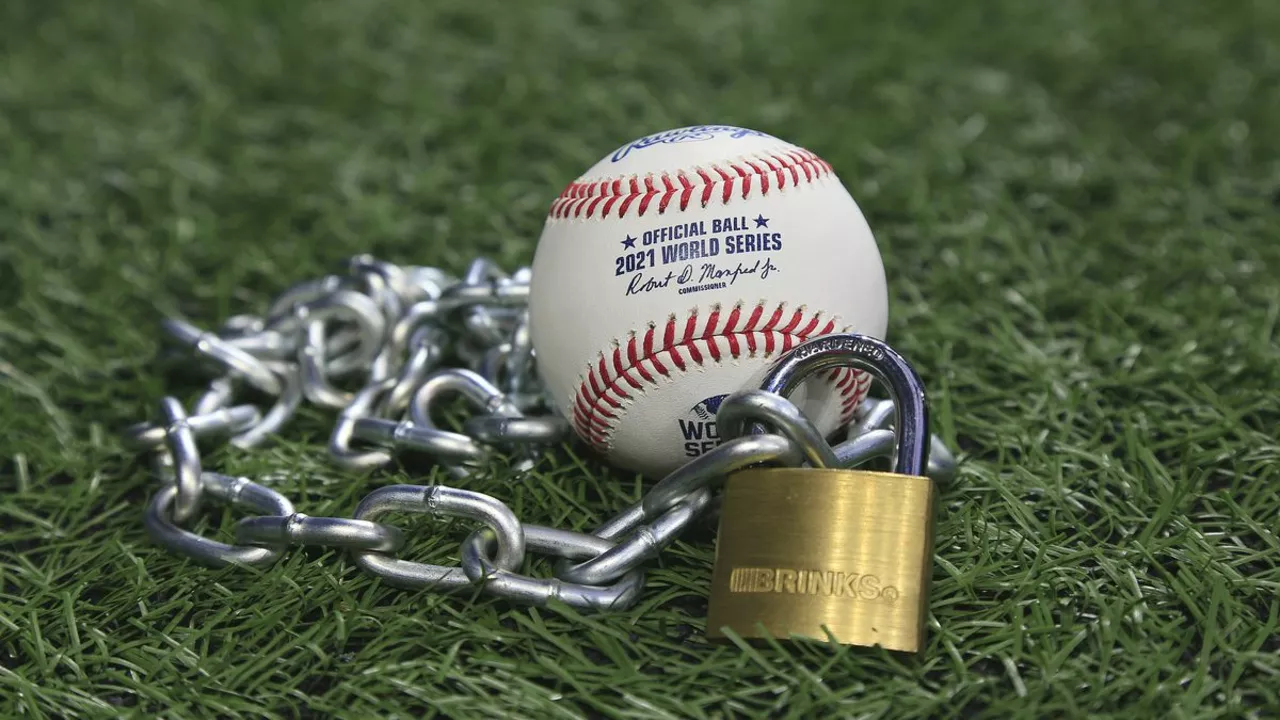Signing Restrictions Explained: Your Quick Guide
If you follow UK sports, you’ve probably heard the term “signing restrictions” tossed around during transfer windows. It sounds bureaucratic, but the idea is simple: rules that limit when and how clubs can sign players. Knowing these rules helps you understand why a wanted player might stay on the bench or why a transfer falls through at the last minute.
Why Signing Restrictions Exist
Leagues set signing restrictions to keep competition fair. Without limits, the richest clubs could hoard talent and leave smaller teams with no chance. Restrictions also protect younger players, ensuring they aren’t rushed into contracts they aren’t ready for. In the UK, each sport – football, rugby, cricket – has its own set of dates and conditions, all designed to give everyone a level playing field.
How They Affect Teams and Fans
For clubs, signing restrictions dictate when they can negotiate, register, and field new signings. Miss a deadline, and the player can’t play until the next window opens. That’s why you see frantic activity on deadline day – clubs are trying to finalize deals before the clock hits zero. Fans feel the pressure too; a big name might be linked to a club, but the paperwork can’t be completed in time, leading to disappointment.
Restrictions also shape squad planning. Teams know they have a fixed number of spots they can fill, so they prioritize positions that need urgent help. This forces clubs to be strategic rather than just splashing cash on any available talent. The result is a more balanced league where thoughtful management wins over reckless spending.
From a player’s perspective, signing restrictions can be a blessing or a curse. Young talents get a chance to develop at their current club instead of being moved too soon. On the flip side, a player stuck in a contract might miss out on a better offer simply because the window is closed. Agents work around these dates, but the clock is always ticking.
Fans often wonder why certain signings happen mid‑season while others wait. The answer lies in the type of restriction. Some leagues allow emergency loans for goalkeepers or injury crises, even outside the main window. Others have “free agent” rules that let unattached players join at any time. Knowing these nuances helps you decode the headlines.
In practical terms, if you’re tracking a potential transfer, check the league’s official calendar. The Premier League, for example, has a summer window from early June to the end of August and a winter window in January. The Rugby Premiership runs slightly different dates, and cricket’s County Championship has its own registration deadlines. Missed a date, and the player stays put.
What about post‑window signings? Clubs can still sign players who are out of contract, known as free agents. This loophole lets teams strengthen without breaking the window rules, but it’s limited to players who truly have no club. Fans often see a flurry of free‑agent signings after the window closes – that’s the rule in action.
Another key point: salary caps. In some sports, like rugby, caps work alongside signing restrictions to stop clubs from simply out‑paying rivals. The combination of caps and windows keeps the market from spiralling out of control, protecting both clubs and the league’s long‑term health.
For anyone wanting to stay on top of the latest news, follow official league announcements rather than rumors. Rumors ignore the dates, but official sources will tell you if a deal is legal under the current restrictions. This saves you from false hopes and keeps you informed.
In short, signing restrictions are about timing, fairness, and financial balance. They may seem like dry paperwork, but they shape the drama you see on the pitch. Understanding them gives you a deeper appreciation for why transfers happen when they do – and why some deals never materialise.
Next time you hear a headline about a “blocked transfer” or a “deadline‑day miracle,” you’ll know the real reason behind it. The clock, the rules, and the strategy all play a part. Keep an eye on the calendar, and you’ll never be surprised by a signing that falls through again.

Why can't MLB owners sign free agents during a lockout?
In simple terms, Major League Baseball (MLB) owners cannot sign free agents during a lockout because all player transactions are frozen. The lockout, a work stoppage initiated by the owners, halts all operations that include players. This means no trades, no signings, and no usage of team facilities by players. It's a tough situation, but it's a tool used by the owners to exert pressure during contract negotiations. Ultimately, the game suffers as the fans eagerly await the resolution.